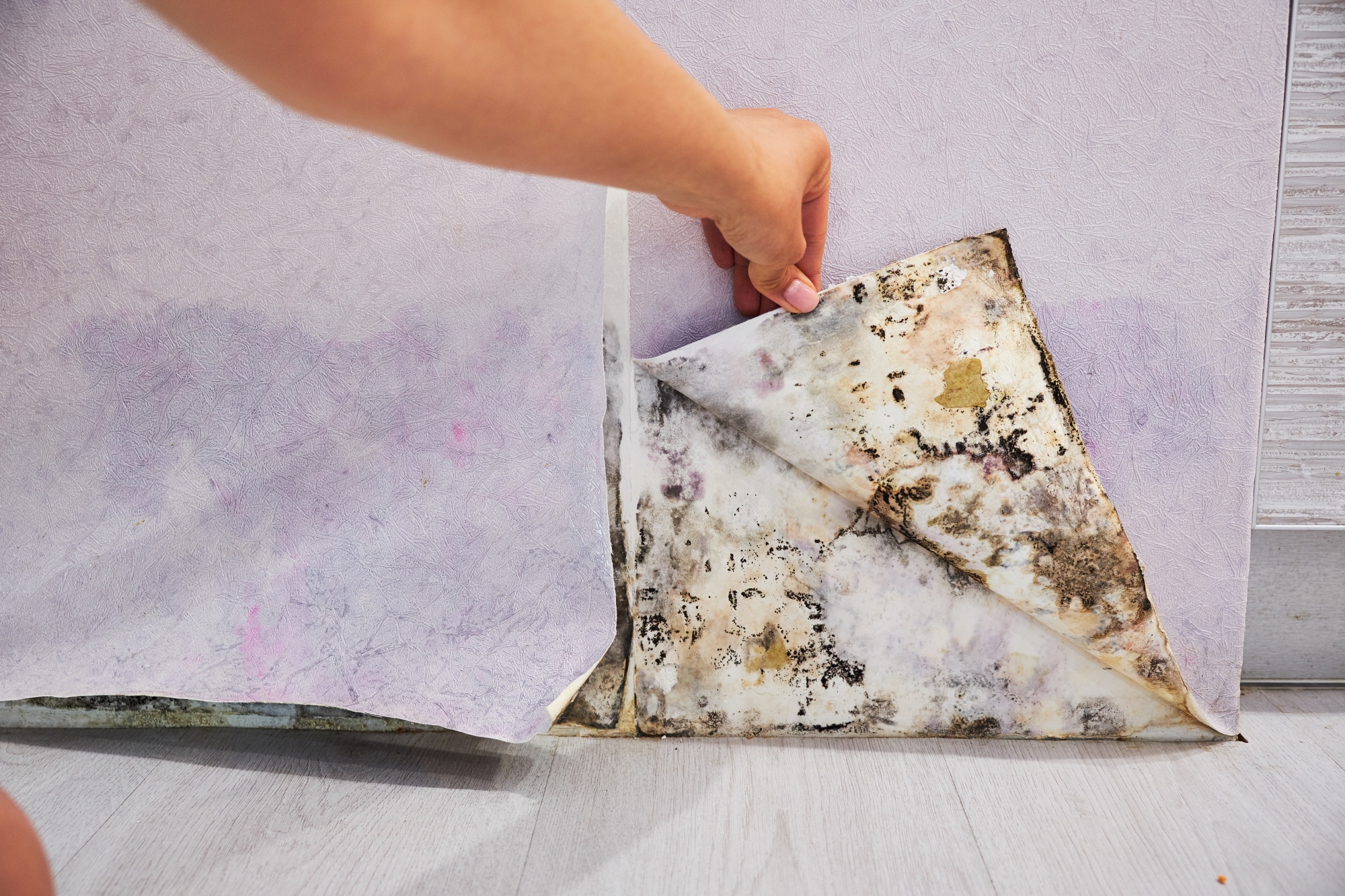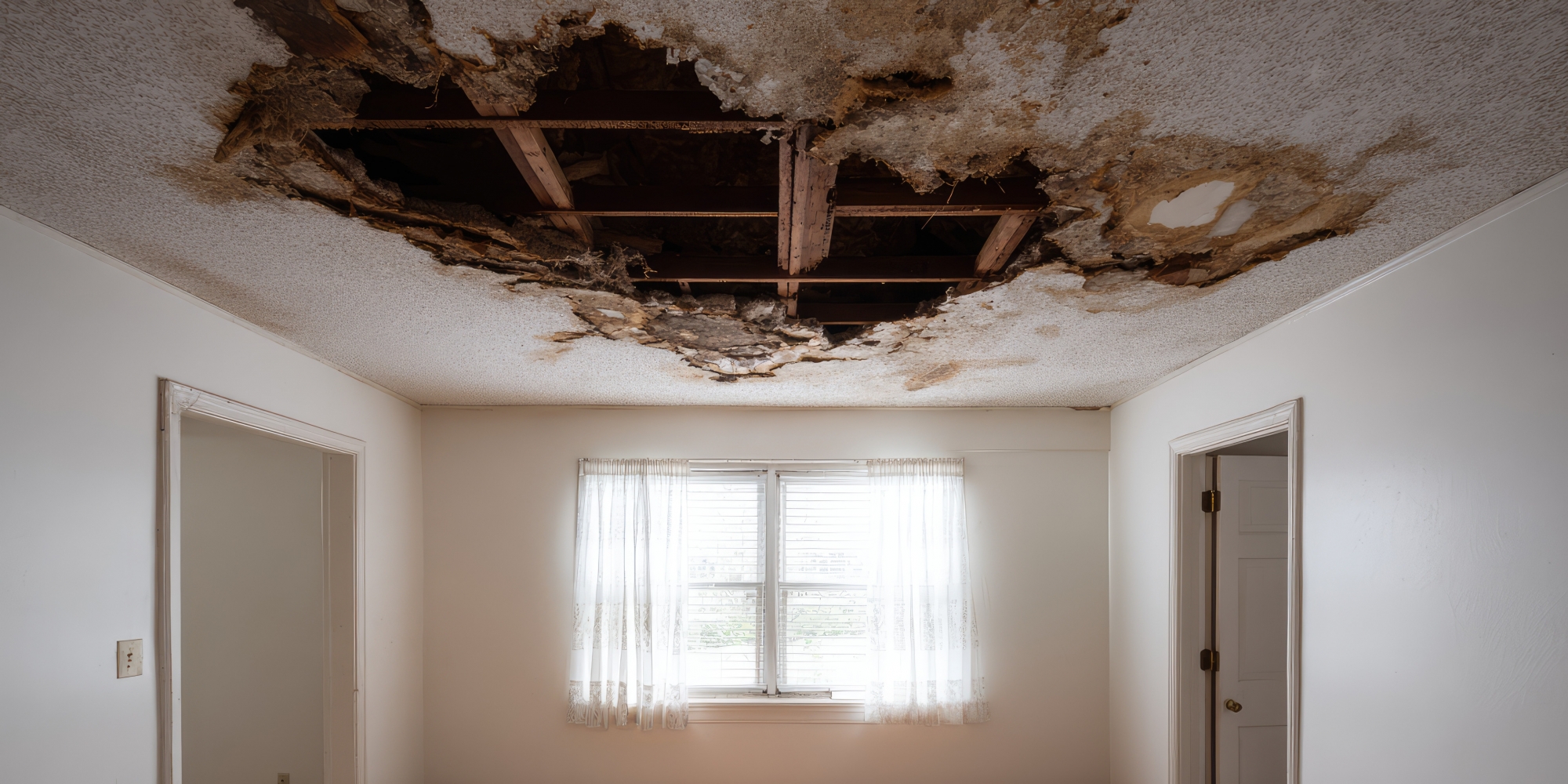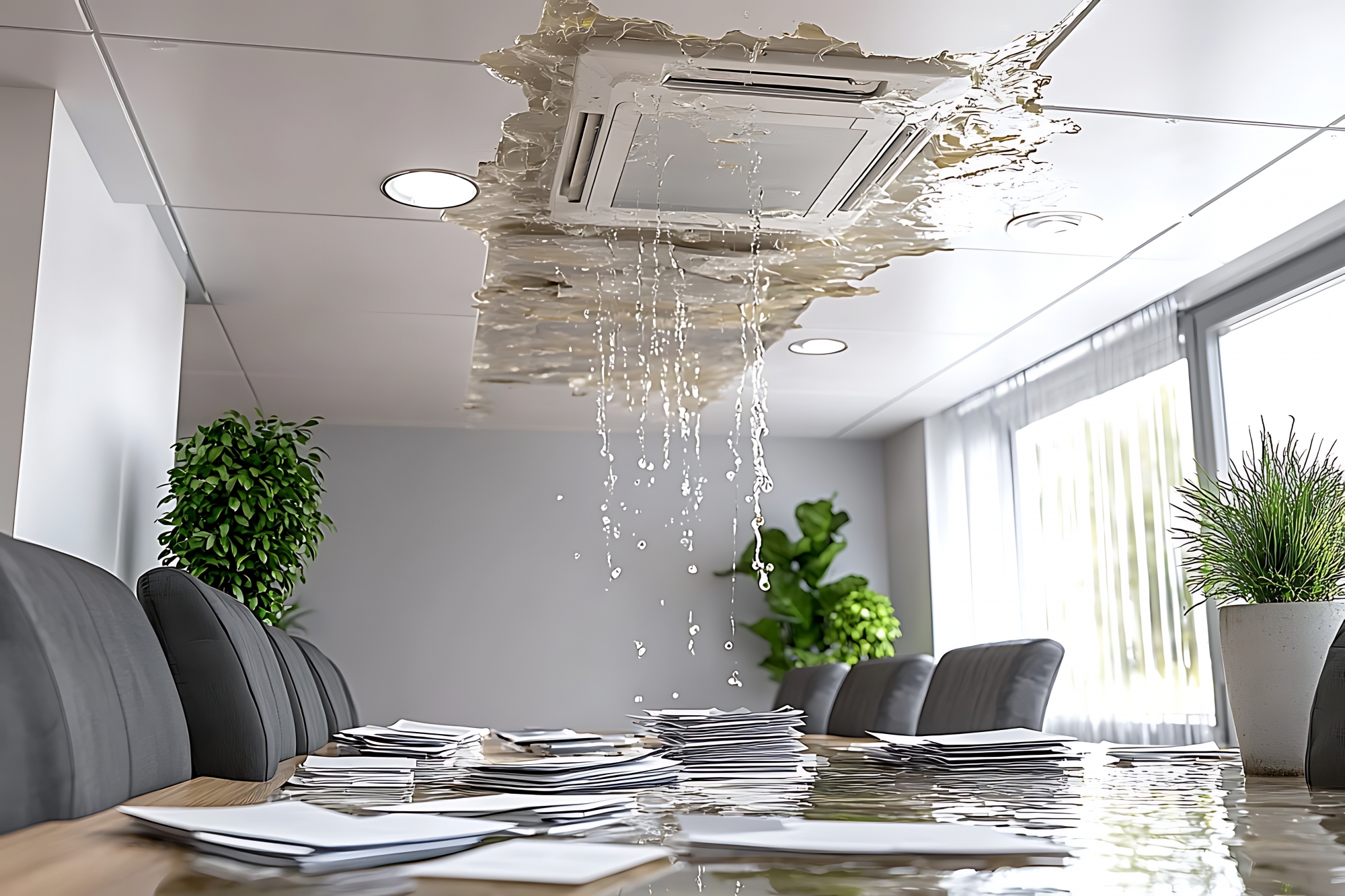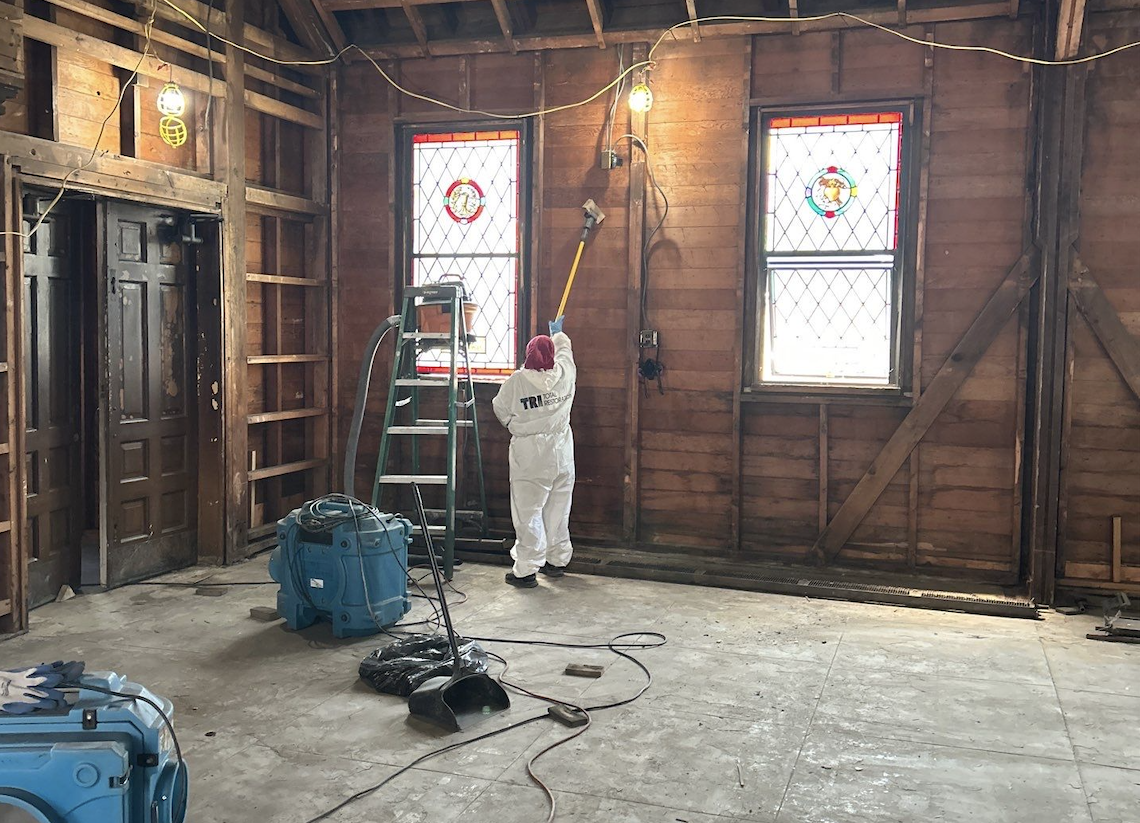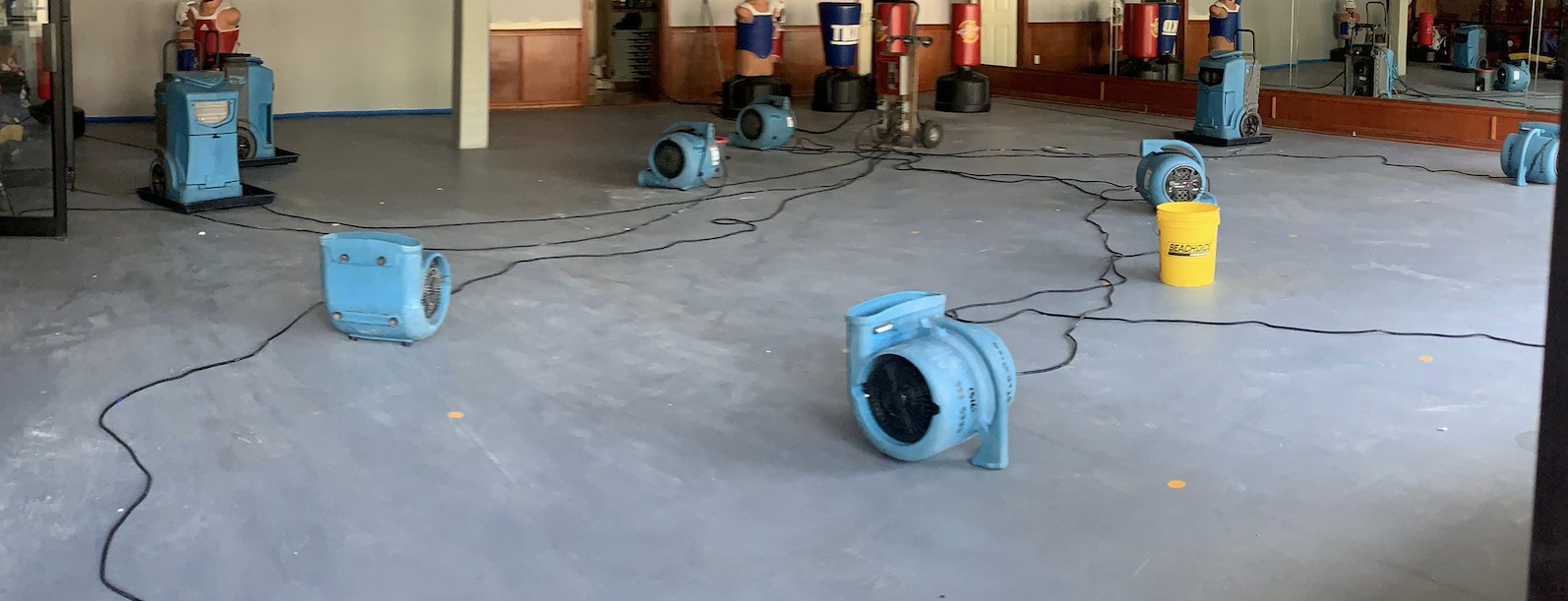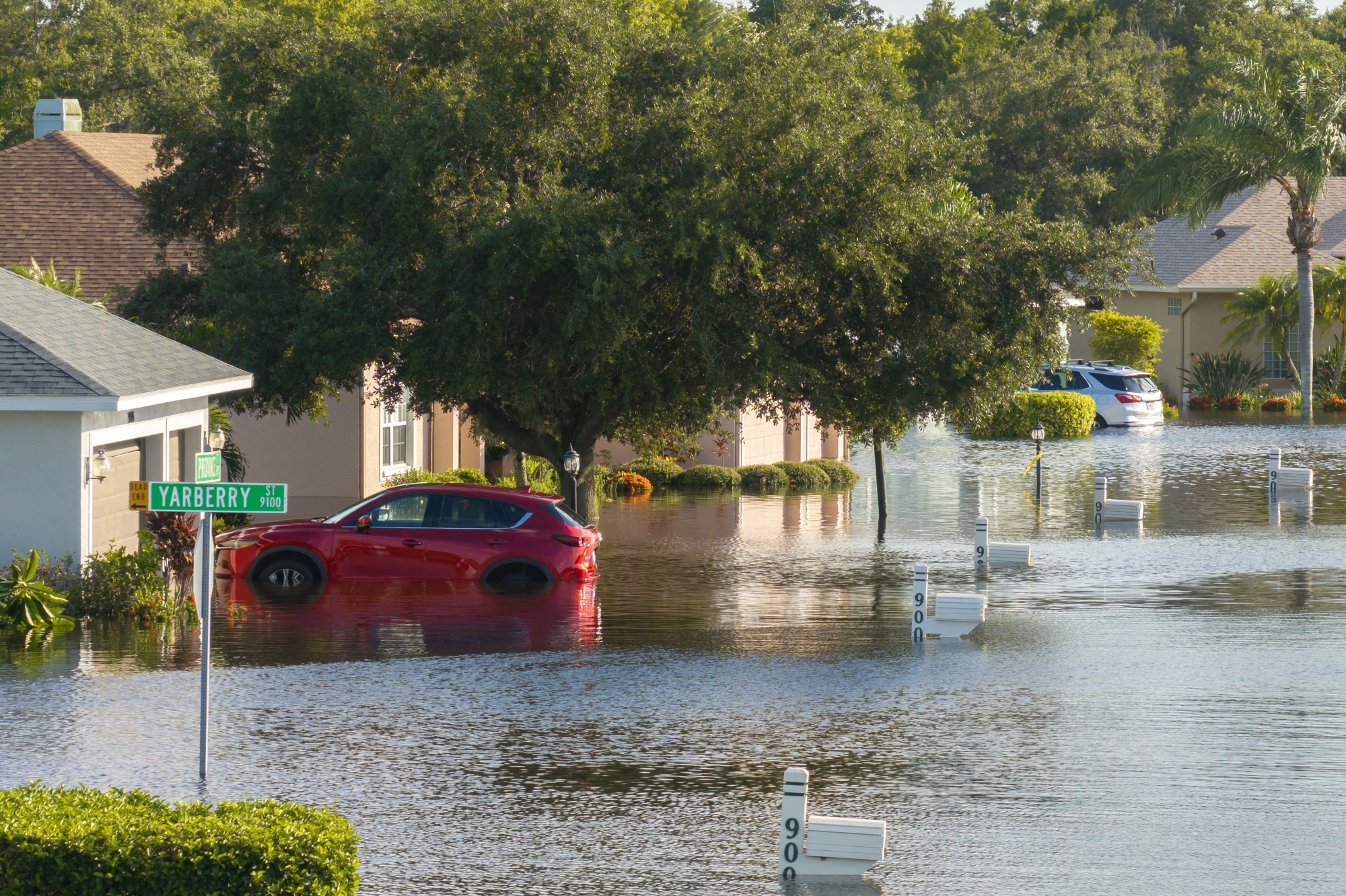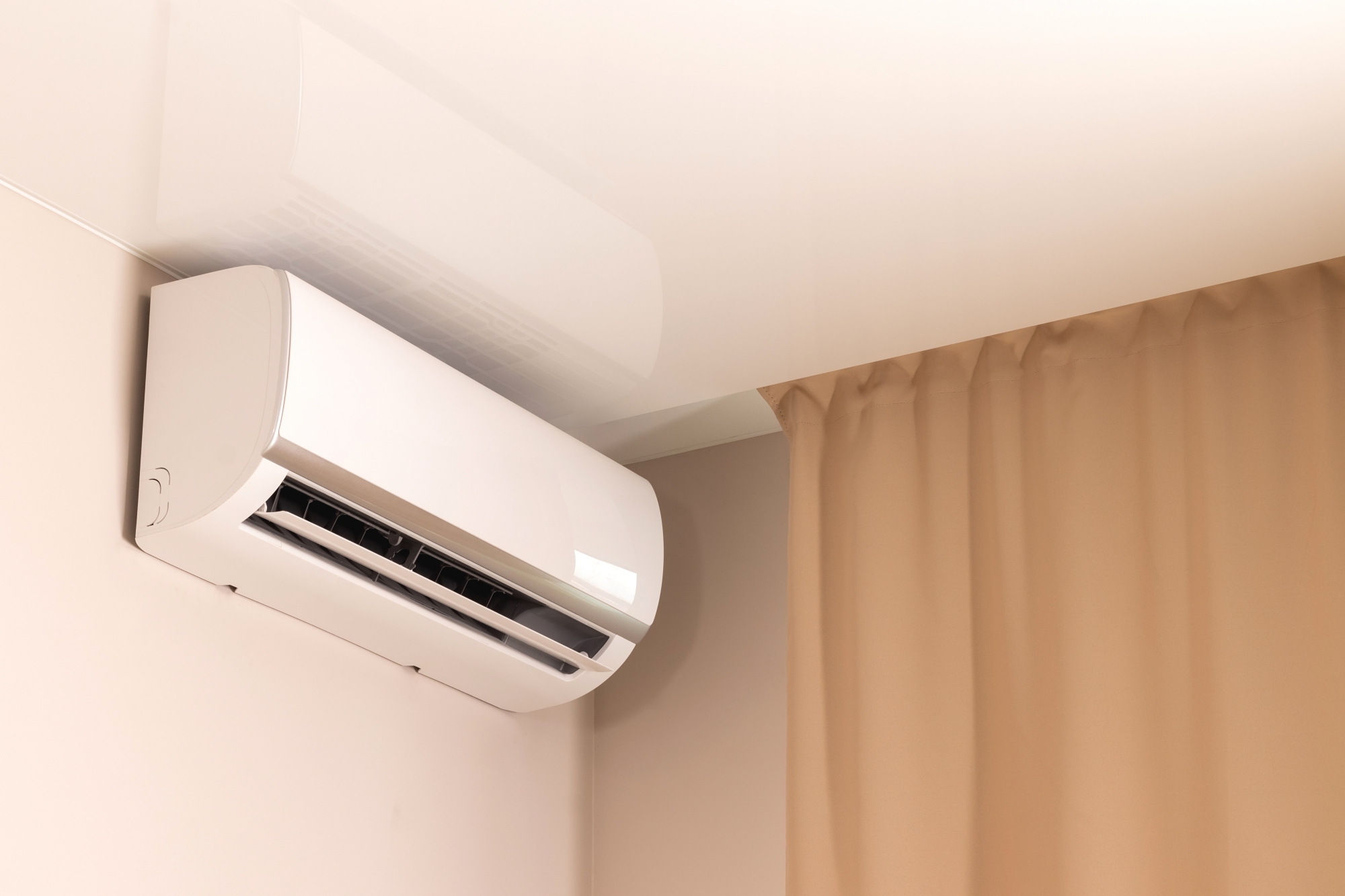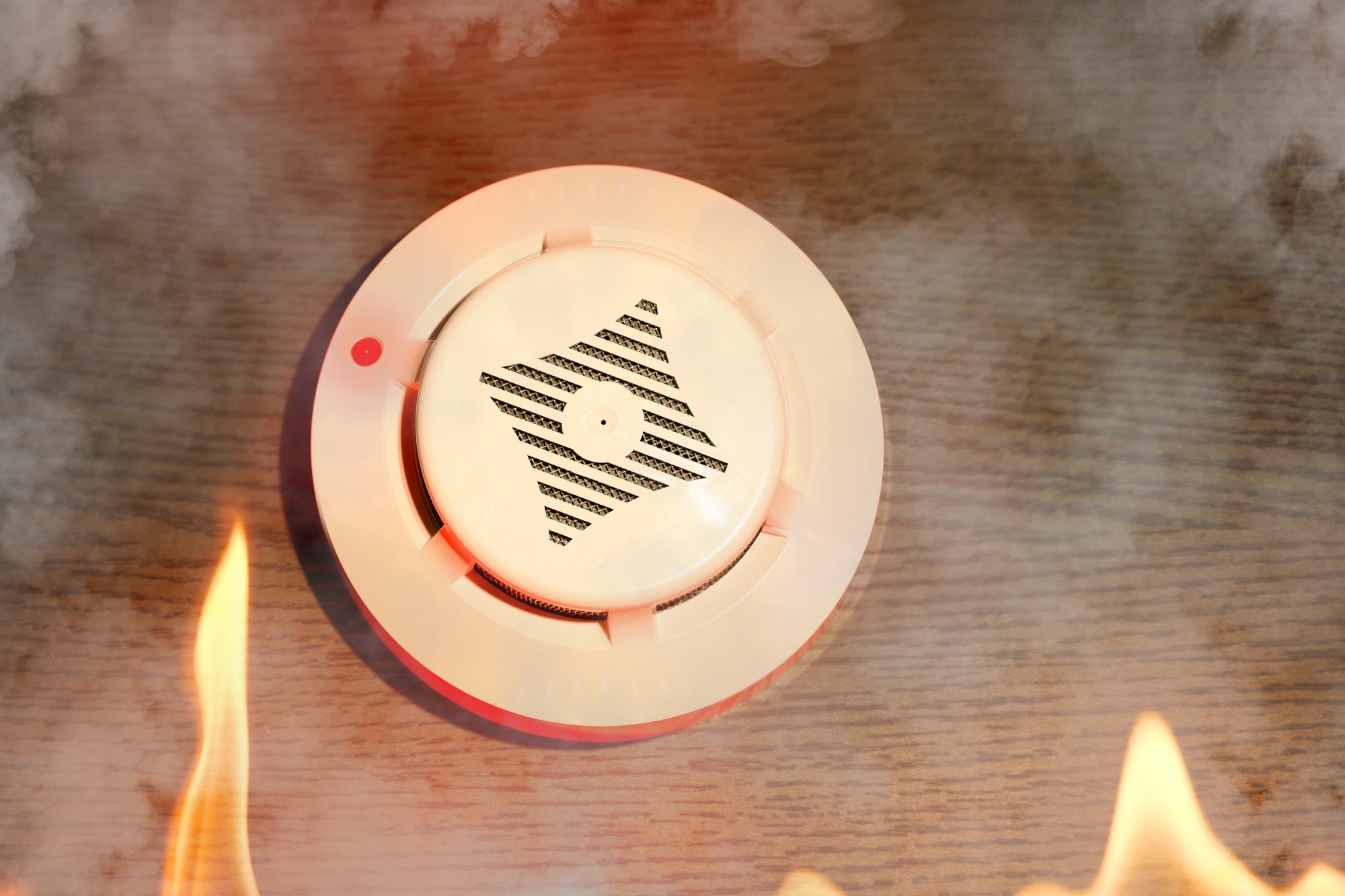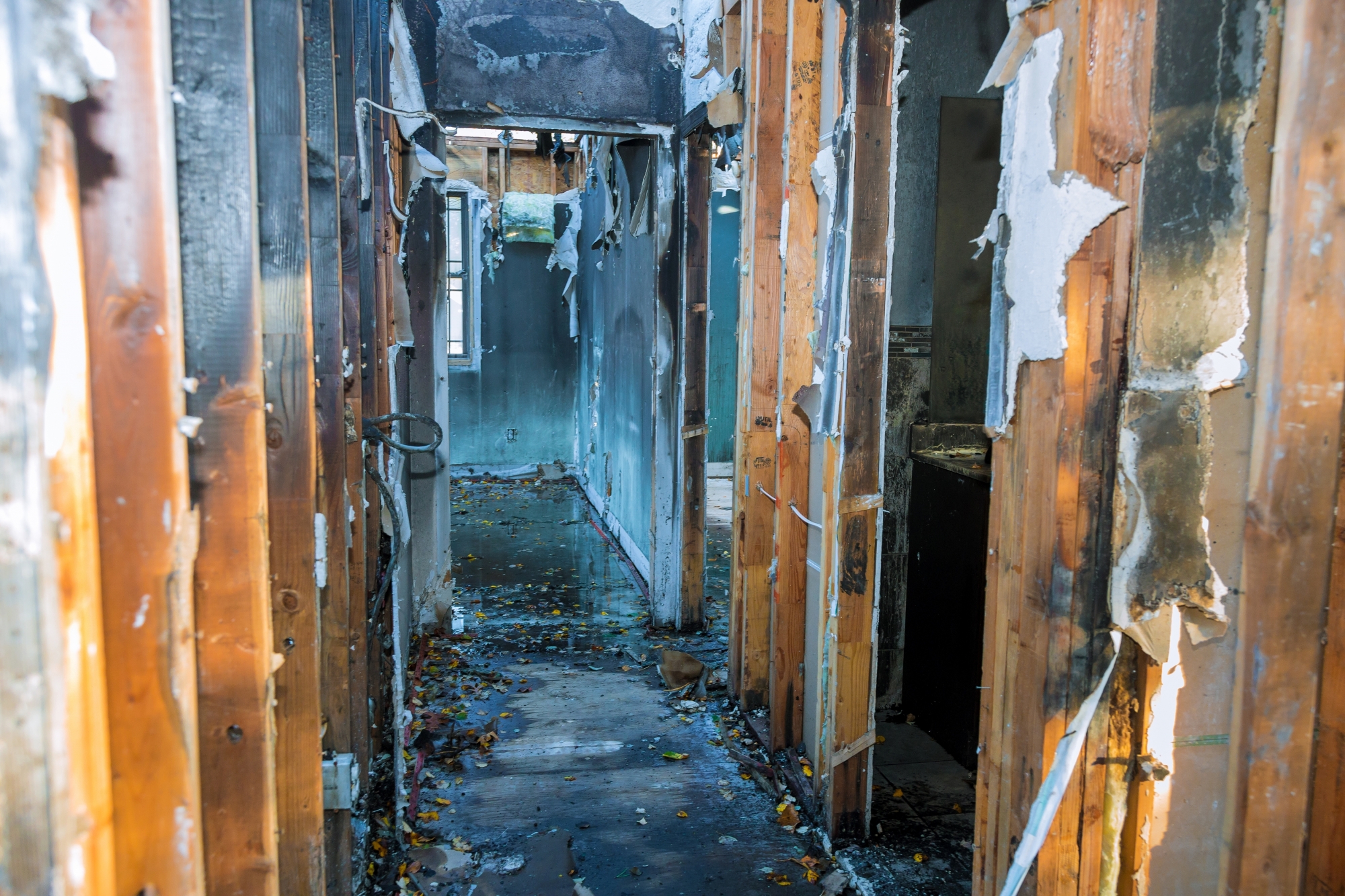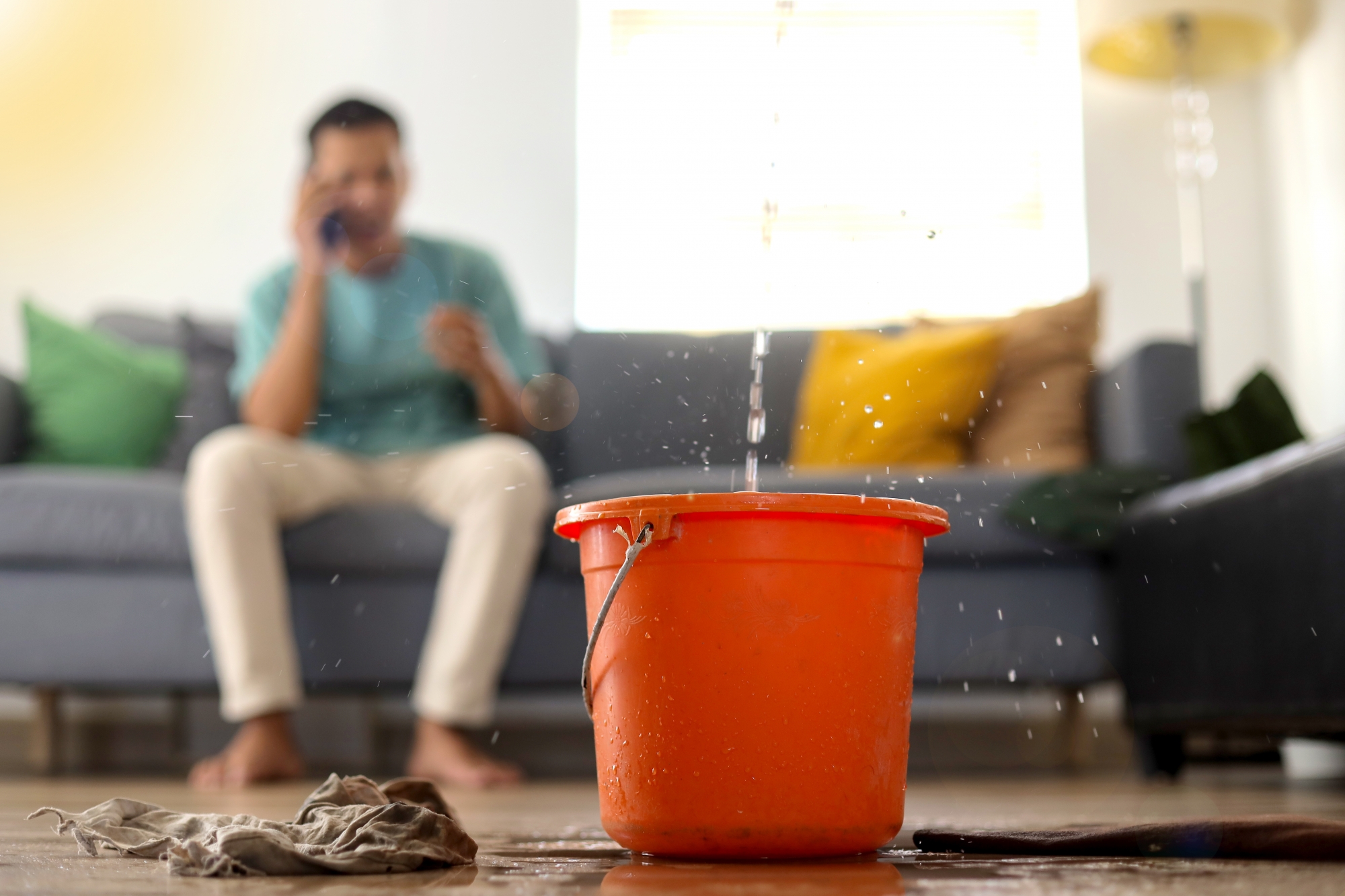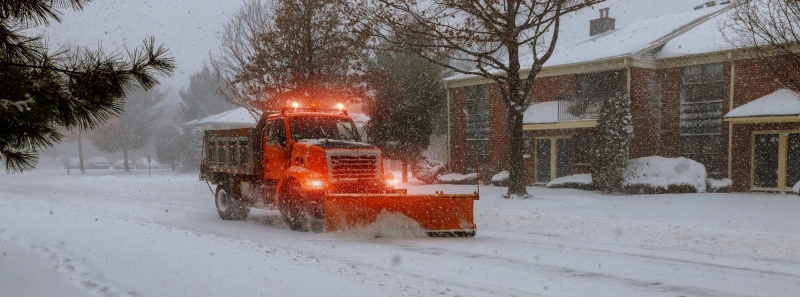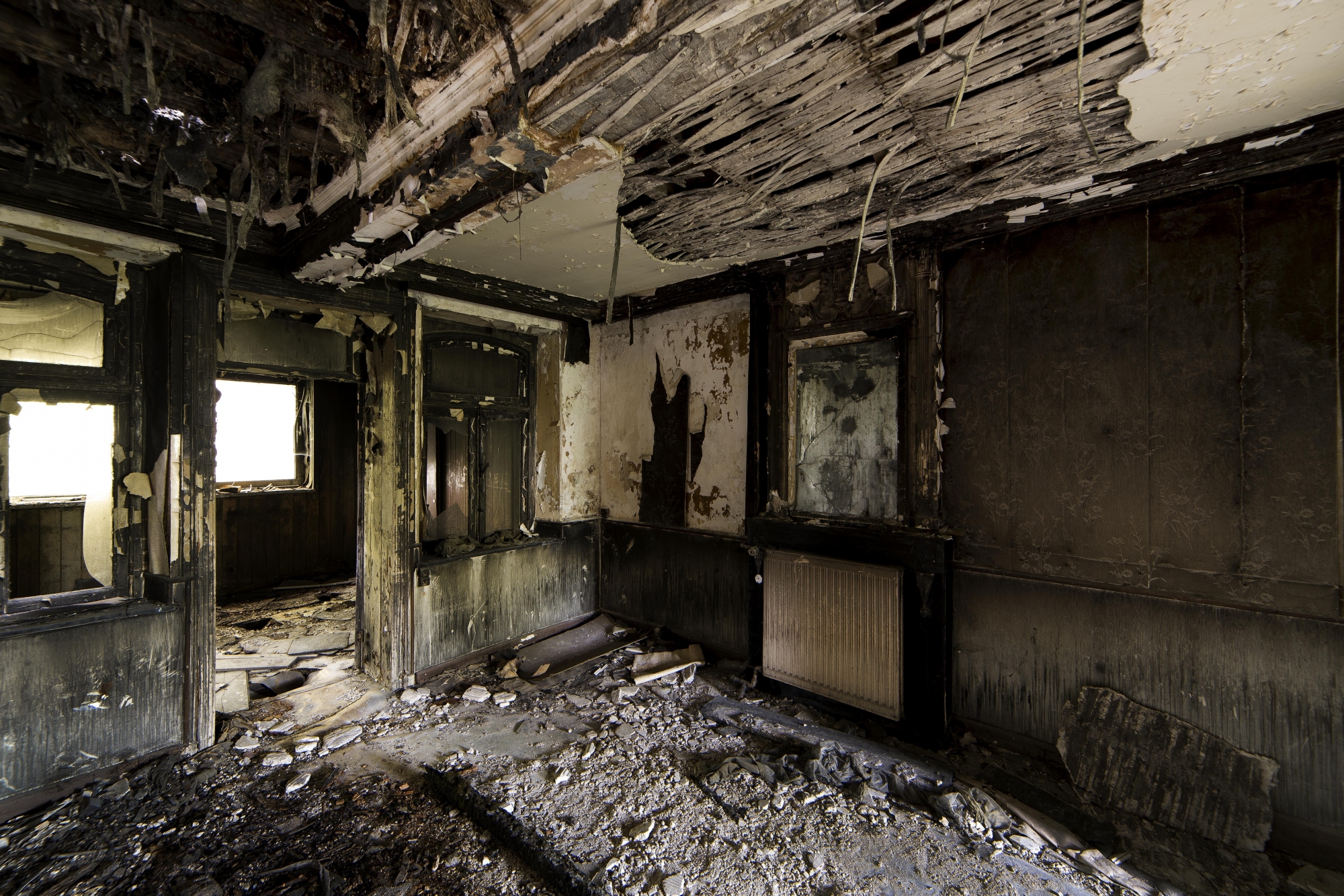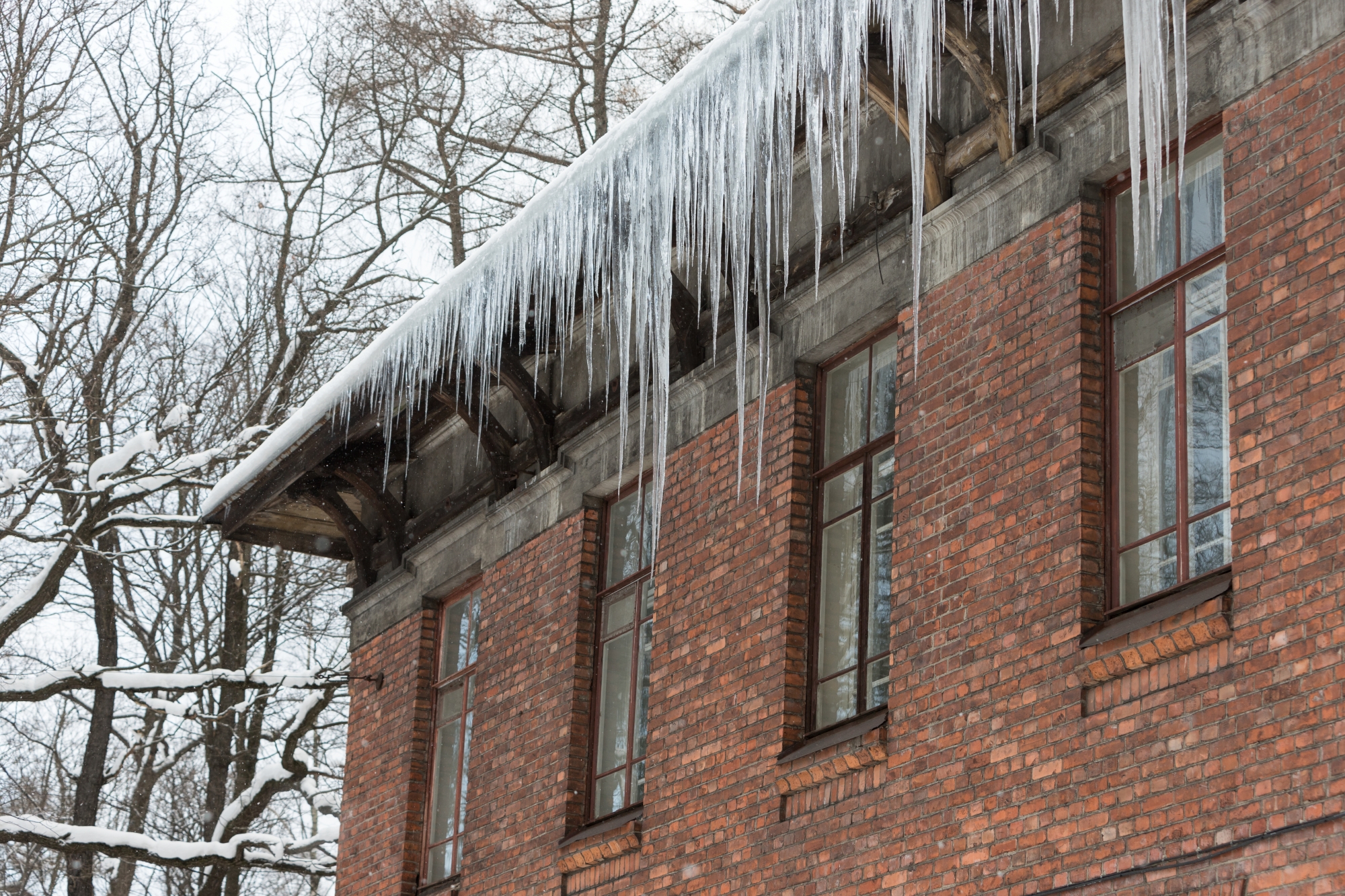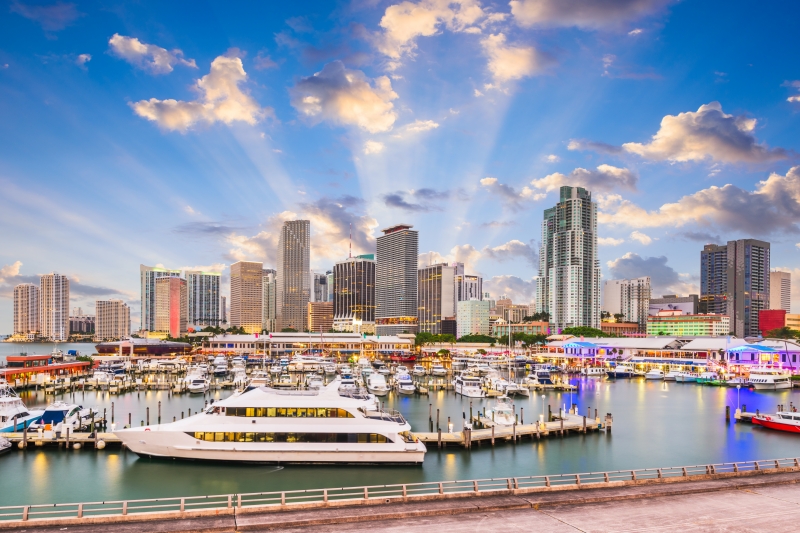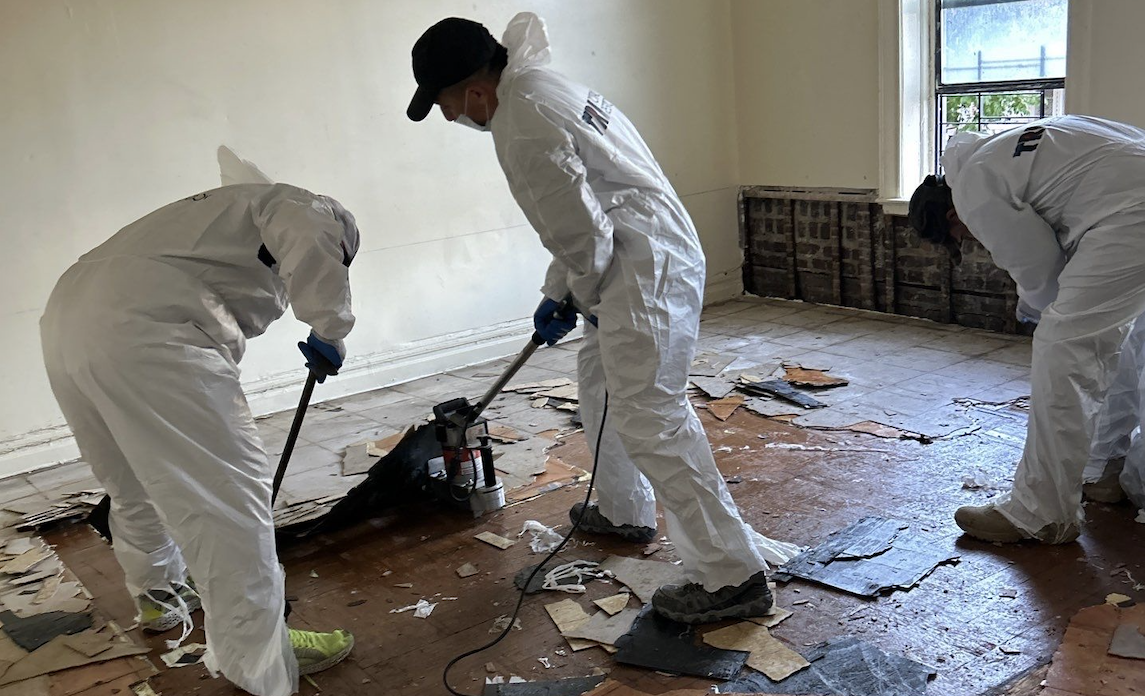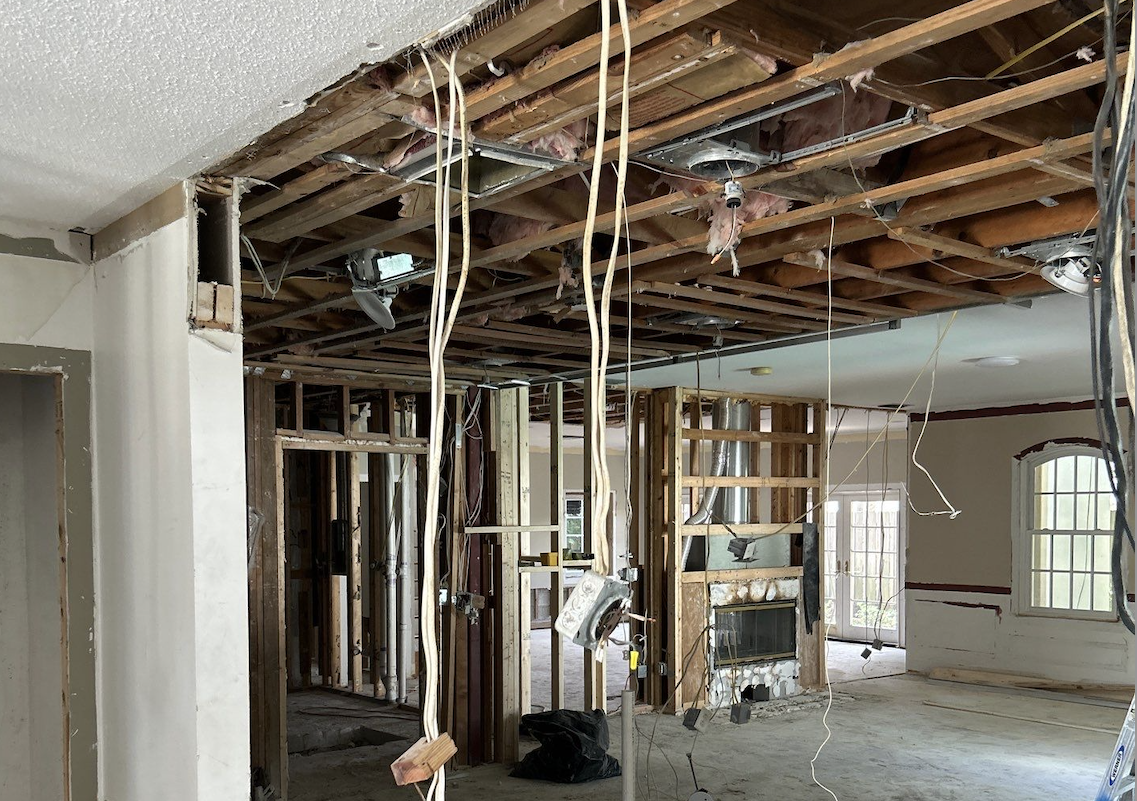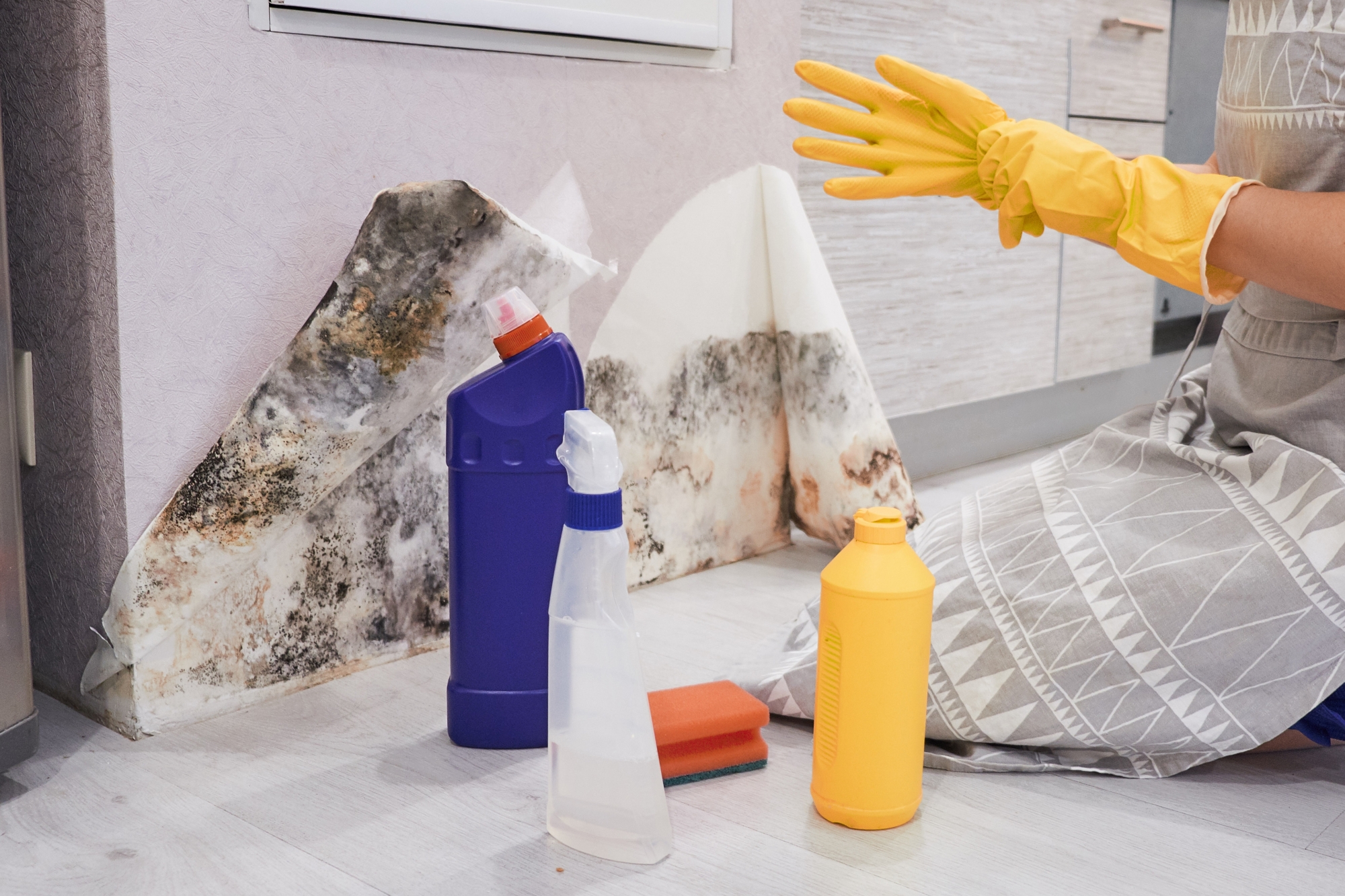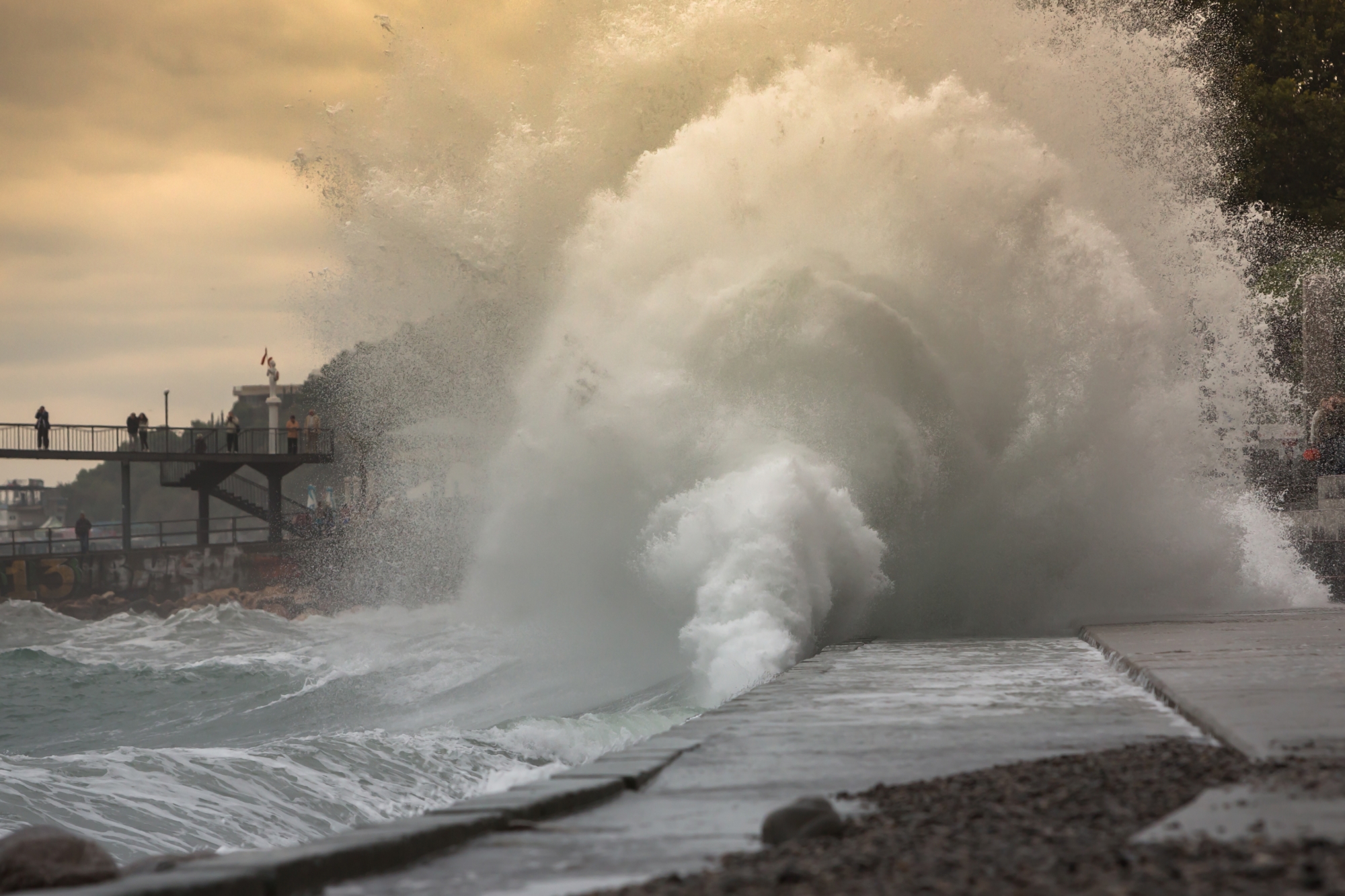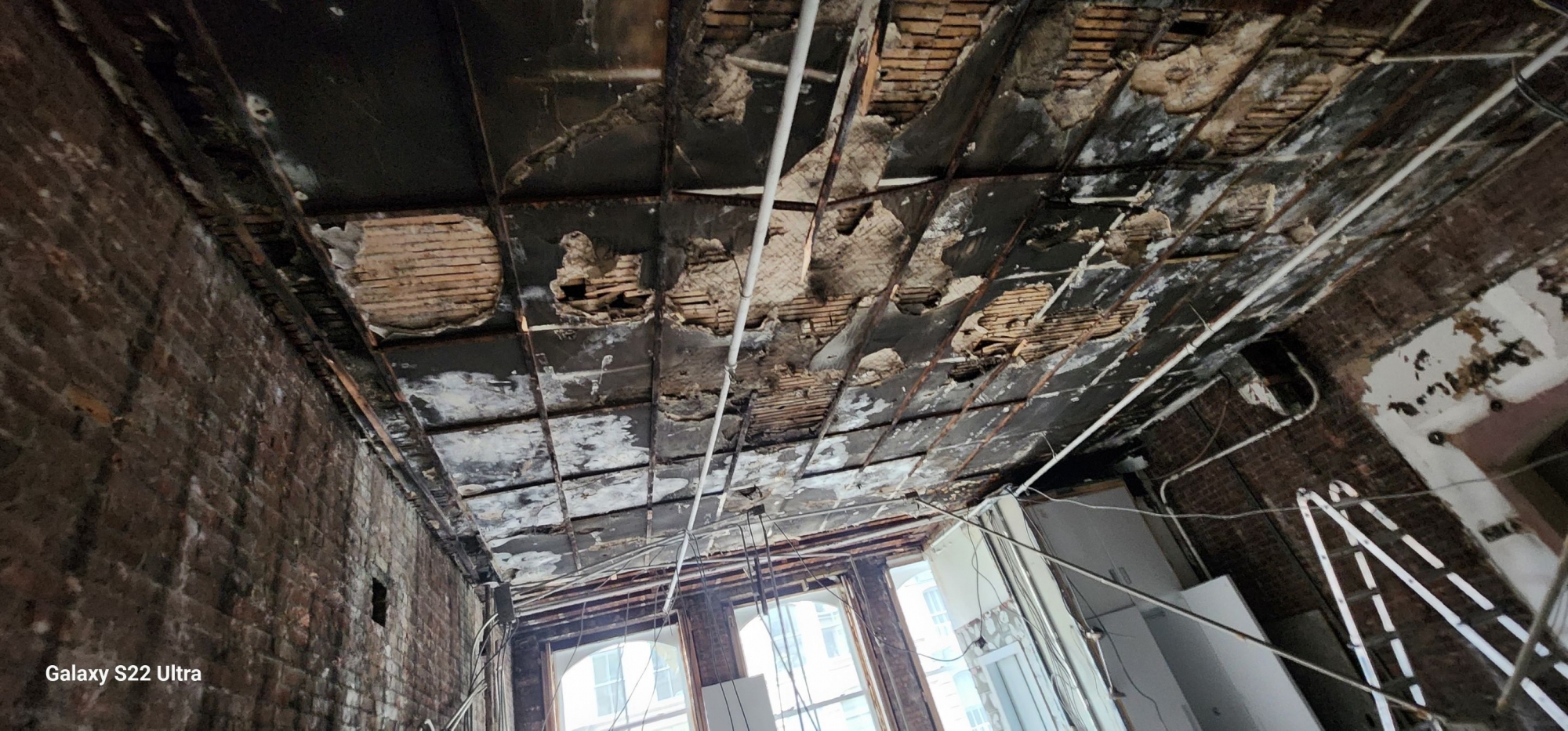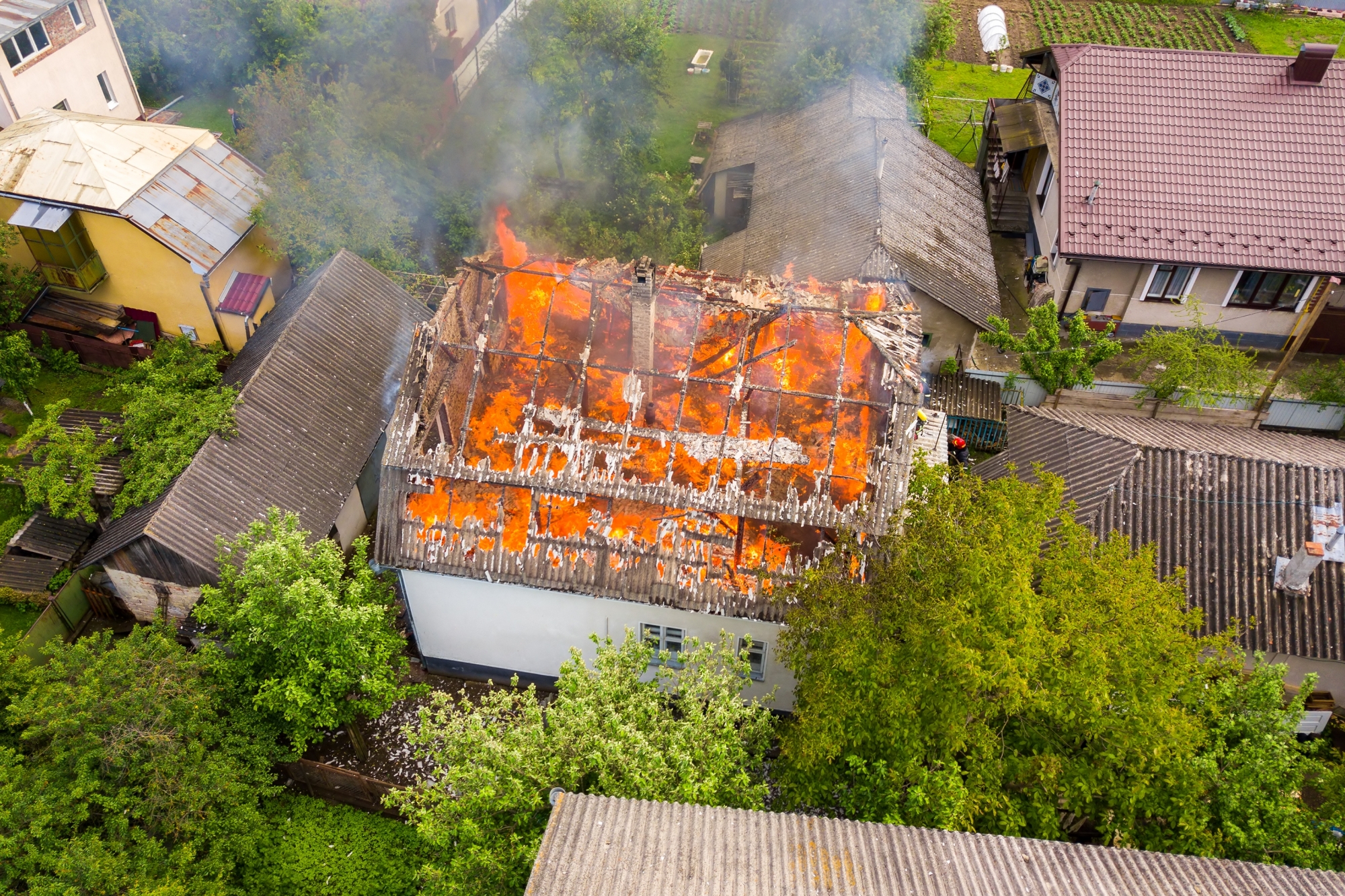As a homeowner, watching out for signs of water damage is crucial. Undetected water leaks can lead to costly repairs, structural deterioration, mold growth, and health hazards. Taking proactive steps to prevent water damage through routine maintenance and other mitigation measures can help owners protect their property, safeguard the health of inhabitants, and minimize financial losses associated with water-related disasters. Especially when living in the NYC and Long Island area, pipes are prone to freezing and bursting with the cold winters.
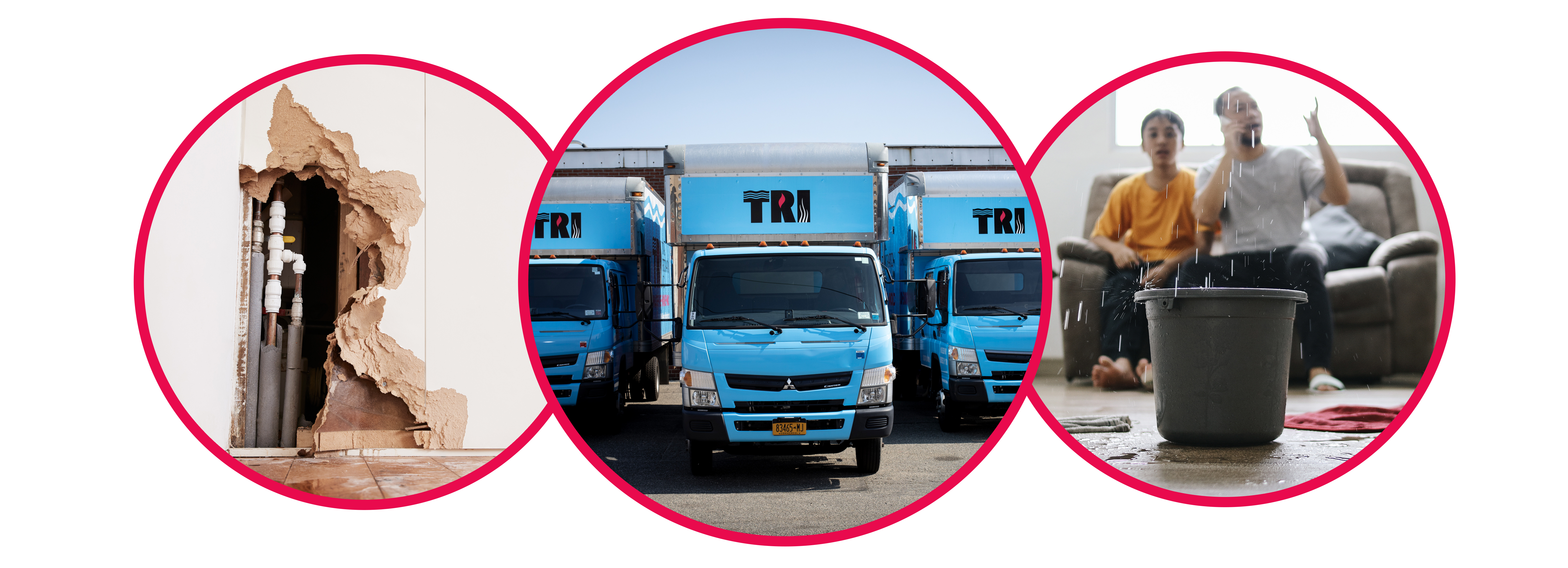
Discussing Water Damage Basics
To start off you have to understand that there are 3 different categories of water:
Clean water that originates from a sanitary water source and does not pose a substantial risk to people exposed to it.
Gray water which contains significant contamination and may cause discomfort or illness on exposure. It can contain unsafe levels of bacteria, mold or other contaminants. Sources of gray water include showers, baths, dishwashers and washing machines.
Black water is grossly contaminated and may have sewage, harmful chemicals, toxins, and is generally hazardous on exposure.
The different categories of water damage require different cleanup methods to remove potential hazards.
Category 1 water damage usually involves rainwater, snowmelt, leaking water supply lines, overflowing sinks, bathtubs, showers or toilets – basically any water that does not contain contaminants. The affected property can be easily dried or replaced without long-term effects.
Category 2 water damage usually comes from broken dishwashers, washing machines, overflowing toilets – anything that involves gray water. Anything affected must be completely disinfected.
Category 3 water damage involves black water, especially when it has soaked into porous materials such as unsealed cement, wood or sheetrock. It usually originates with flooded sewer systems, seawater, or river water flooding and requires the most extensive sanitization process.
What To Do When Water Damage Happens
Before beginning any remediation efforts, property owners should ensure the safety of occupants by turning off electricity to affected areas if it is safe to do so. Make sure you’re safe by wearing appropriate personal protective equipment (PPE), such as gloves, masks, and boots, to protect against potential hazards.
Try to dry up as much of the water as you can, if possible. The longer the water sits, the more damage it will cause. start by removing standing water using pumps, wet vacuums, or other water extraction equipment. It’s important to extract water from every surface damaged. This includes carpets, flooring, and area rugs. Moisture detection tools such as moisture meters can help identify hidden moisture pockets behind walls, ceilings, and floors. Thoroughly inspect the affected areas to ensure all moisture is identified and addressed. As more moisture is identified, property owners can implement drying and dehumidification techniques to remove the excess moisture from the air and building materials. Air movers, dehumidifiers, and fans help promote airflow and accelerate drying while monitoring moisture levels regularly to track progress.
Once the affected area is as dry as possible, property owners or remediation specialists should assess the extent of the water damage and document the affected areas, including taking photographs or videos to attach to insurance claims for restoration purposes. It may be necessary to identify the source of the water intrusion and determine the category and classification of the water (clean, gray, or black water) and the extent of contamination.
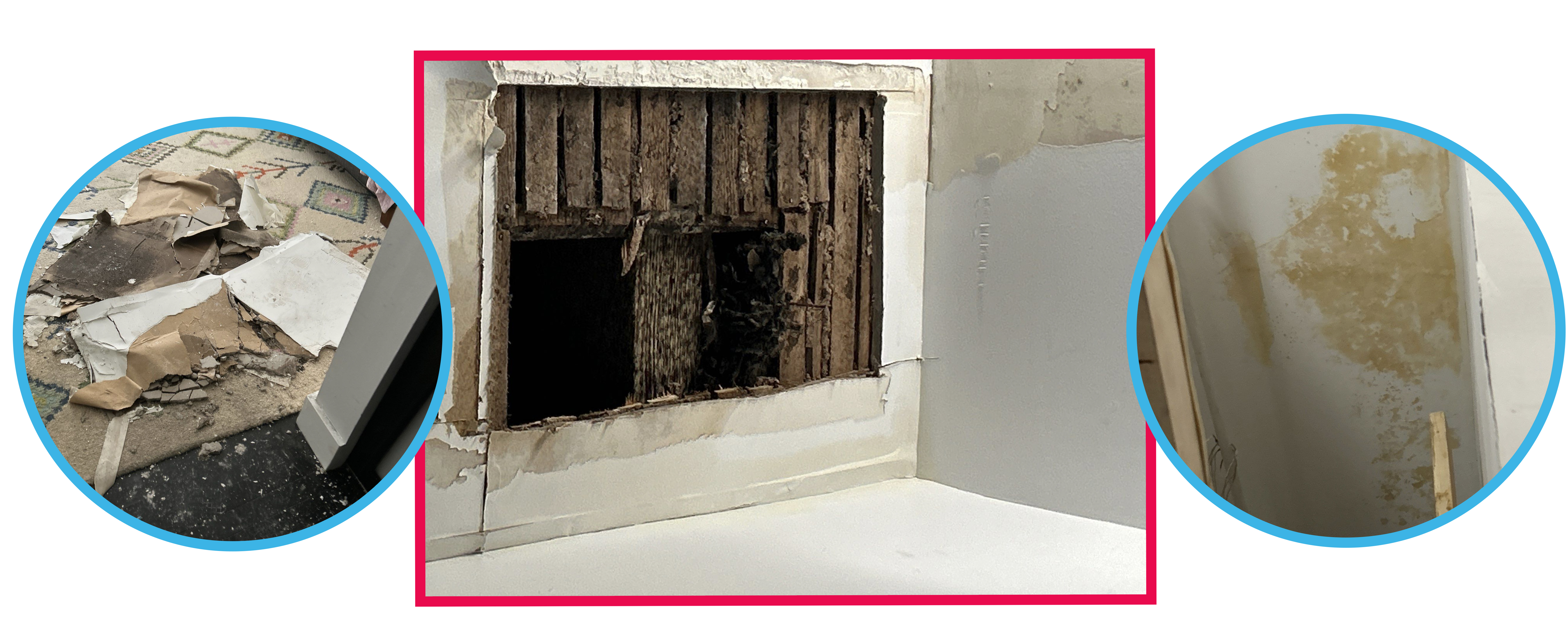
What Does Water Damage Restoration Look Like?
After the initial drying, is when the water damage restoration process truly begins. It usually occurs in a few simple steps:
1. Additional Water Extraction
This process will use portable extractors to remove any excess water that was unable to be removed by traditional means, usually within carpeting. In many cases, the carpet may need to be removed and discarded.
2. Demolition And Removal
It’s fairly common that with water damage, certain building materials, such as drywall or carpeting, may need to be removed as they cannot be salvaged. This process normally occurs before the final dry out of the property takes place. Removing drywall exposes wall cavities and carpeting to expose subflooring which can result in a more efficient overall drying process. If it's determined that no structural damage occurred, then this is usually skipped.
3. Final Dry Out
This is when your contractor strategically arranges air movers to speed up the drying process and position dehumidifiers to remove moisture from the air. With the right drying plan, the affected areas will usually dry out in a matter of just a few days.
4. Antimicrobial Treatment
With water damage, fungal and mold growth is likely to be a concern. Mold and fungus is quite hard so it can take as little as 24 hours for them to begin growing. Whether it's out of caution or out of necessity, a restoration company may deem it necessary to apply antimicrobials to prevent mold growth or destroy existing mold spores.
5. Restoration
Though any type of property damage has the potential to ruin a homeowner’s belongings, restoration technologies have advanced to a point today where most items are usually salvageable. Usually at the beginning of the restoration process, a pack out of potentially salvageable contents will occur. This can be items such as textiles, clothes, hard goods, photos, electronics and more, and taking them off site to restore. Not every item can be saved, but many can, which is why it is wise to have proper insurance coverage!
6. Reconstruction
This is usually the final step of the restoration process. It typically involves moisture testing to verify dryness and then construction to rebuild any of the building’s structures that were removed. This can include electrical wiring, plumbing, drywall, finish materials, etc. A full-service restoration company is best equipped to help you through the entire process.
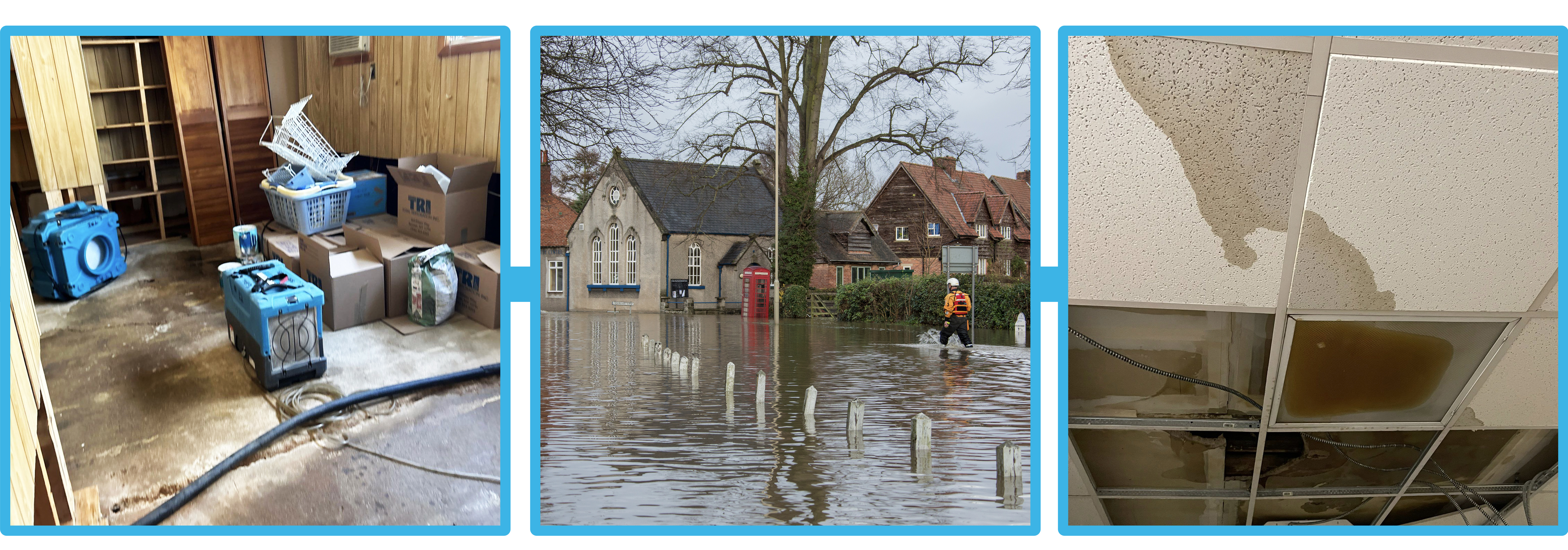
Preventing Future Water Damage
There is no foolproof way to prevent water damage, especially in areas like Long Island and NYC where pipe bursts from cold weather often occur. But, regular maintenance and preparation can help to minimize damage and lead to more effective water damage restoration if something goes wrong.
The most important home maintenance tip for avoiding severe water damage is to conduct regular inspections. While not all plumbing systems are easy to observe, a leak can cause yellowing walls or ceilings, bulges in walls or floors, suspicious puddles, and even standing water. While a small leak may not seem like much, or leave any telltale signs, the water is still being reabsorbed into the air, creating a hospitable environment for mold. Homeowners should watch out for signs of increased home humidity levels and investigate the cause. Peeling paint, cracks in walls, and the appearance of mold or mildew on walls or in closets can be a sign of an undetected leak that could lead to further damage if not addressed.
Proper gutter maintenance is also important! By keeping them clear of debris, such as leaves, twigs, and sediment, you will help to ensure proper drainage during heavy rainfall. Gutter guards or screens can prevent clogging and allow water to flow freely away from the home during a downpour, negating the need for water damage restoration. Basements and crawlspaces are also susceptible to water damage. Sealing foundation cracks and gaps to prevent water from seeping in can be another important preventative measure. A sump pump may be a good choice for low areas that are prone to flooding.
With these tips on water damage preparedness, homeowners can safeguard their properties and families against unfortunate disasters. By assessing risks, maintaining insurance coverage, and having a plan in place, quick action can minimize damage. Proactive measures ensure readiness for any water-related emergencies, offering peace of mind for homeowners everywhere. If you need a water damage restoration professional, contact our professionals at Total Restoration Industries before you contact your insurance provider. We’re here to help you navigate through water damage challenges!

